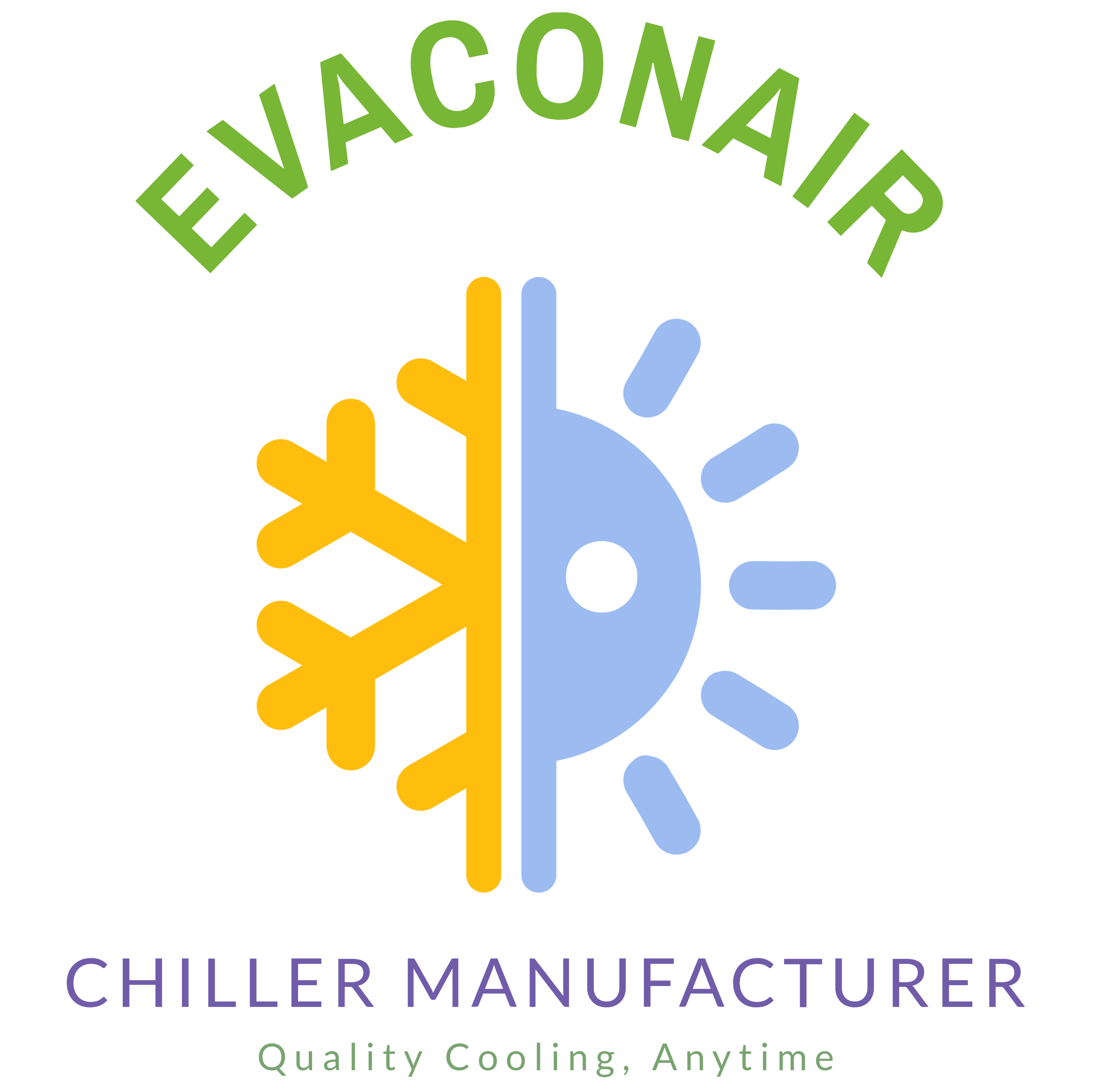Blog
What Are HVAC Items?
HVAC (Heating, Ventilation, and Air Conditioning) systems consist of various components and accessories that work together to regulate indoor environments. Here are the key HVAC items:
1. Heating Components
- Furnaces: Provide central heating using natural gas, oil, or electricity.
- Heat Pumps: Transfer heat from one area to another, offering both heating and cooling functions.
- Boilers: Heat water or steam for heating purposes.
2. Ventilation Components
- Air Ducts: Distribute conditioned air throughout the building.
- Ventilation Fans: Ensure proper airflow and remove stale air.
- Air Filters: Remove dust, pollen, and other contaminants from the air.
3. Air Conditioning Components
- Air Conditioners: Cool indoor air through a refrigeration cycle.
- Chillers: Remove heat from a liquid via vapor-compression or absorption refrigeration cycles.
- Evaporative Coolers: Use water to cool the air through evaporation.
4. Thermostats
Thermostats control the temperature settings of HVAC systems, allowing users to maintain desired indoor conditions. Programmable and smart thermostats offer advanced features like scheduling and remote access.
5. Refrigerants
Refrigerants are substances used in air conditioners and chillers to absorb and release heat. Common types include R-410A and R-134a.
6. Humidifiers and Dehumidifiers
- Humidifiers: Add moisture to the air to maintain optimal humidity levels.
- Dehumidifiers: Remove excess moisture from the air to prevent mold growth and improve comfort.
7. Control Systems
Control systems, including building automation systems (BAS), manage and monitor HVAC systems, ensuring efficient operation and energy savings.
8. Piping and Insulation
- Piping: Carries refrigerants, water, or steam throughout the system.
- Insulation: Reduces heat loss or gain in pipes and ducts, improving system efficiency.
9. Cooling Towers
Cooling towers are used in large HVAC systems to dissipate heat from chillers into the atmosphere.
10. Compressors
Compressors are crucial in air conditioners and chillers, compressing the refrigerant and enabling the heat transfer process.
11. Coils
- Evaporator Coils: Absorb heat from indoor air.
- Condenser Coils: Release absorbed heat to the outside air.
12. Blowers and Fans
Blowers and fans circulate air through the HVAC system, ensuring even distribution of conditioned air.
13. Sensors and Detectors
Sensors and detectors monitor temperature, humidity, and air quality, providing feedback to control systems for optimal operation.
